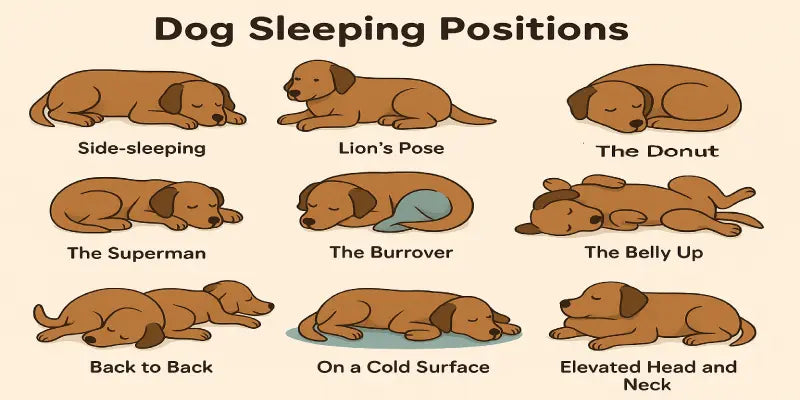
6 Ways to Relieve Back Pain When Working at a Desk
If you spend long hours sitting at your desk, you’re probably familiar with the dull ache or sharp twinge of back pain that creeps in by the end of the day. Finding the best office chair for back pain isn’t always easy—or affordable. But the truth is, you don’t always need a fancy ergonomic chair to stay comfortable. With the right habits and a few health-friendly hacks, you can create a workspace that supports your back, posture, and productivity.
1. Take Breaks and Stretch Often
Your body isn’t built to stay in one position all day. Sitting for too long weakens your muscles and compresses your spine, both of which contribute to back pain. Set a reminder to stand up every hour. Take a quick walk or stretch your arms, shoulders, and legs. Small movements throughout the day improve circulation, relieve stiffness, and keep your energy levels high.
Even a two-minute stretch session can make a big difference. Move your neck in gentle circles, flex your wrists, and rotate your shoulders backward. These simple steps will help you fight fatigue and stay more alert throughout your workday.
2. Use a Lumbar Support Pillow Instead of an Expensive Chair
When people search for the best office chair for back pain, they're usually looking for comfort and proper posture support. However, not everyone can afford a top-tier ergonomic chair. That’s where a lumbar support pillow becomes a smart and budget-friendly substitute.
A high-quality lumbar cushion mimics the natural contour of an ergonomic office chair. It fills the gap between your lower spine and the backrest, encouraging your spine’s natural "S" shape. This alignment keeps you from slouching, reduces muscle tension, and offers back pain relief throughout the workday.
By using a lumbar support pillow, you transform any chair into the best office chair for back pain relief—no matter if it’s your home chair, dining chair, or a basic office seat. It’s portable, lightweight, and far more affordable than investing in an entirely new chair. Plus, when paired with mindful posture habits, this cushion can drastically reduce the pressure on your lower back.
3. Maintain Proper Posture Throughout the Day
Good posture isn’t just about looking confident—it’s about protecting your spine. Sit with your feet flat on the ground, knees bent at a right angle, and back gently resting against your chair or pillow support. Avoid leaning too far forward toward your screen, as it can strain your back muscles and neck.
You can even set a visual cue to remind yourself—like placing a sticky note on your monitor that says “Sit Tall.” Over time, these small reminders turn into long-lasting healthy habits.
4. Keep Your Screen and Desk Setup Ergonomic
If your screen is too high or too low, you’ll unconsciously strain your neck and shoulders. Position your monitor at eye level so you can look straight ahead comfortably. Your keyboard and mouse should be close enough that your elbows stay relaxed at your sides.
You may also consider an adjustable laptop stand if you work remotely. These little adjustments can have a huge effect on your posture and spinal health.
5. Fuel Yourself with the Right Nutrition and Hydration
Dehydration and poor nutrition can worsen fatigue and muscle stiffness. Drink plenty of water and snack on fruits, veggies, and nuts instead of reaching for processed snacks. Staying hydrated improves flexibility and keeps muscles supple, reducing the risk of cramps and tension.
6. Keep Your Workspace Clean and Inviting
A cluttered desk can increase stress and make it harder to focus. Take a few minutes at the end of each day to organize your space. Wipe down your desk and remove unnecessary items. A clean, calm environment contributes to both mental clarity and physical comfort.
The Takeaway
Whether you work from home or at an office, sitting for long hours can strain your back. While many look for an office chair cushion for back pain or the best office chair for back pain relief, a well-designed lumbar support pillow can offer the same comfort, often at a fraction of the price.
At Sleepsia, our lumbar pillows are designed to align your spine, reduce pressure, and keep you feeling refreshed through long workdays. With the right support, posture, and habits, you can finally say goodbye to discomfort and hello to a healthier, pain-free work routine.








